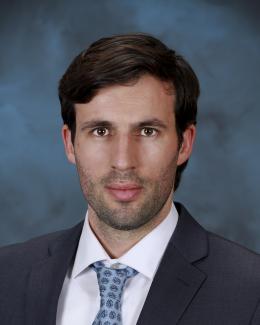
Marco Delchini
Computational Fluid Dynamics Analyst and Developer
Bio
Dr. Marc-Olivier G. Delchini is a Computational Fluid Dynamics (CFD) Analyst and Developer in the Reactor and Nuclear Systems Division (RNSD) at Oak Ridge National Laboratory. He received his MS (2008) in physics from ENSPG, France. Then, he moved to the United States of America to pursue graduate school at the Texas A&M University (TAMU). He received his MS (2010) and PhD (2014) in nuclear engineering at Texas A&M University. His dissertation focused on numerical methods for PDEs using finite element method (FEM) applied to single-phase flow, multi-phase flow, and the radiation hydrodynamic equations. During his PhD, he interned at Idaho National Laboratory where he gained experience with the MOOSE framework and RELAP7 system code. After his PhD, he spent one year in the Department of Mathematics at TAMU as a visiting scholar where he did some more work on numerical methods before moving to ORNL. He has been employed at ORNL since January 2016.
At ORNL, he has been involved with numerous projects focusing on CFD analysis and code development including:
- Integration of Nek5000 to the NEAMS Workbench,
- Uncertainty quantification and sensitivity analysis using Dakota and Nek5000,
- Design of an organic heat exchanger using STAR-CCM+,
- Development of a Lattice Boltzmann Method for GPU-enabled HPC platforms,
- Development of high-order numerical method for conservative and non-conservative PDEs using the MFEM C++ library,
- Prediction of oxide growth in steam generator with STAR-CCM+,
- Development of COBRA-TF
Education
- PhD, Nuclear Engineering, Texas A&M University (2011 - 2014)
- MS, Nuclear Engineering, Texas A&M University (2009 - 2010)
- MS, Reactor Physics and Nuclear Engineering Specialty (GEN), Phelma (2005 - 2008)
Technical skills
- programming with C++, FORTRAN, Matlab and Python,
- high-order numerical methods for partial differential equations (PDEs),
- experience with STAR-CCM+ and OpenFOAM,
- code development for single-phase flow and multi-phase flows
- high performance computing platforms
Awards
- 2019 Mission Support Awards: for distinguished performance and dedication in determining the causes of the first fuel element failure in 52 years of HFIR operation.

